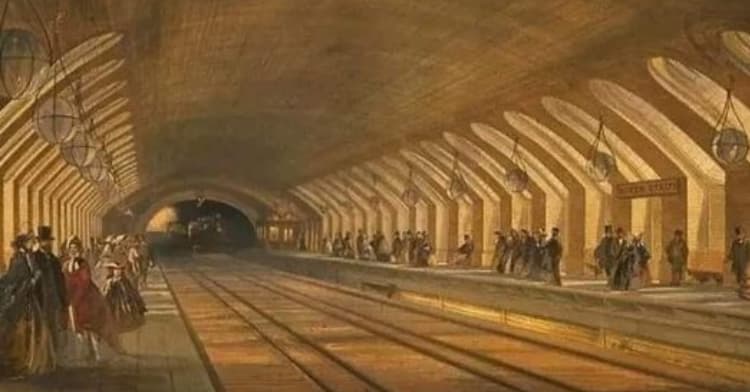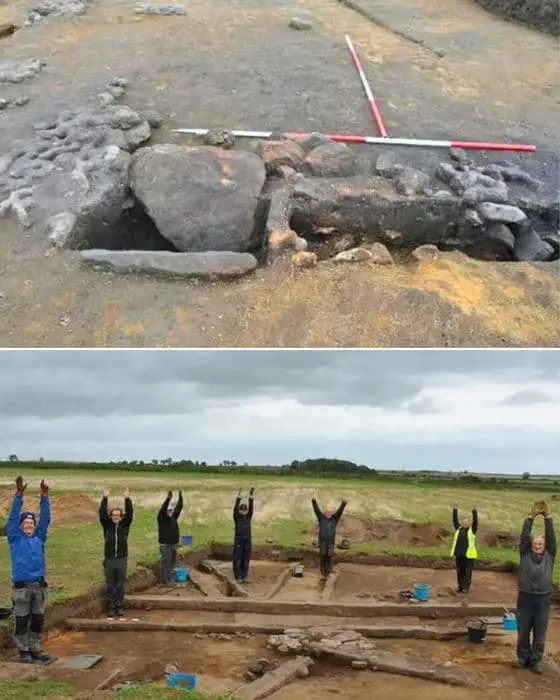
The recent discovery of an Anglo-Saxon oven in Northumberland marks a significant milestone in our understanding of early medieval culinary practices. Crafted with ingenuity from clay or stone, these traditional ovens were not only essential for baking bread but also served as central hubs for cooking a wide array of dishes.
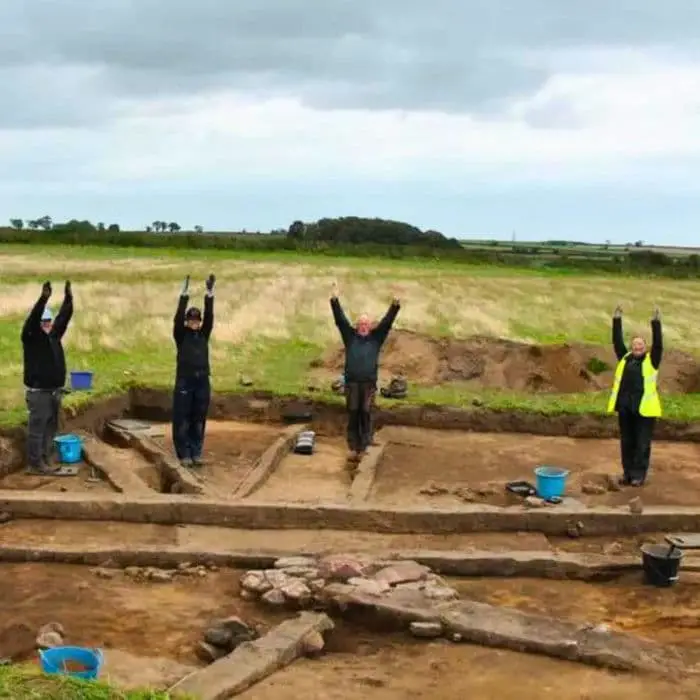
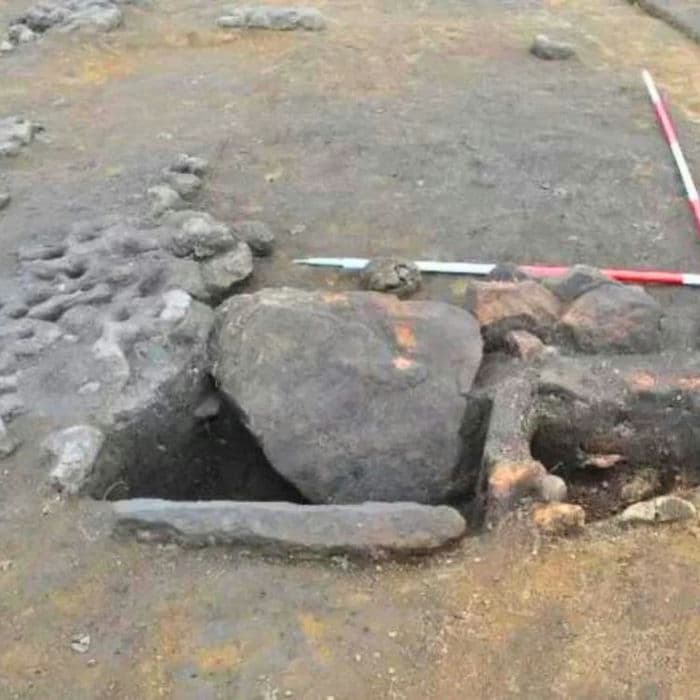
Unlike modern ovens, which are standardized and mass-produced, Anglo-Saxon ovens were often hand-built, reflecting the skill and craftsmanship of their creators. Their versatile design allowed for the preparation of hearty stews, roasts, pastries, and pies, showcasing the culinary creativity of the time.
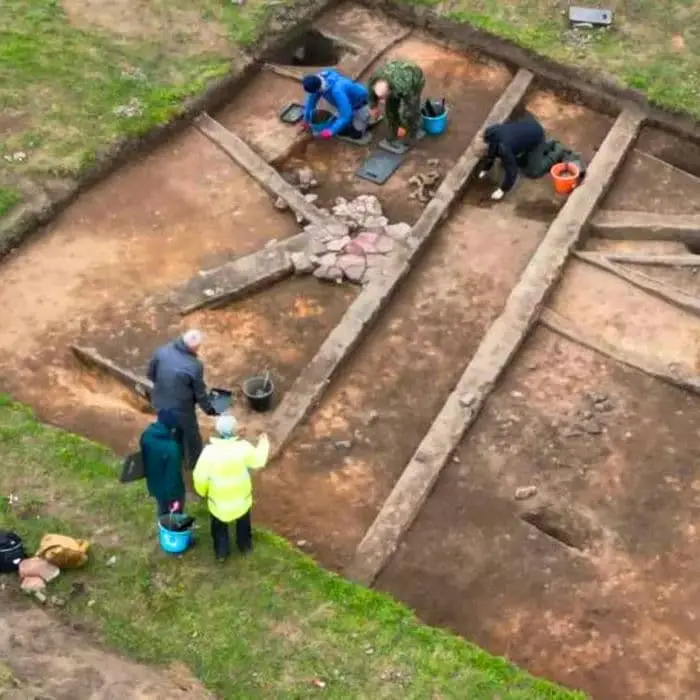
The construction of Anglo-Saxon ovens varied depending on regional preferences and available materials. Many were dome-shaped with a small opening for loading and unloading food, while others were built into the walls of homes or stood as freestanding structures in communal areas.
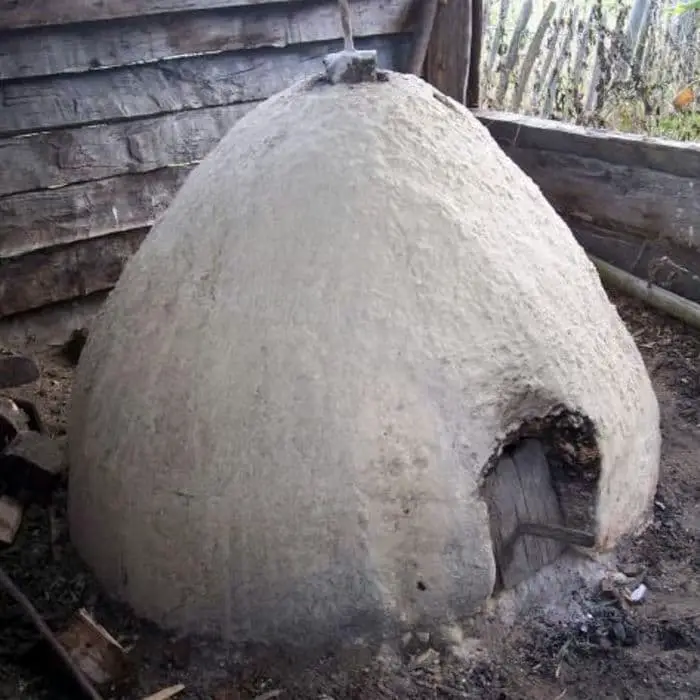
The baking process in an Anglo-Saxon oven was labor-intensive, requiring patience, skill, and careful attention to detail. After heating the oven with wood or charcoal, the food would be placed inside to cook, relying on the baker’s experience to gauge doneness.
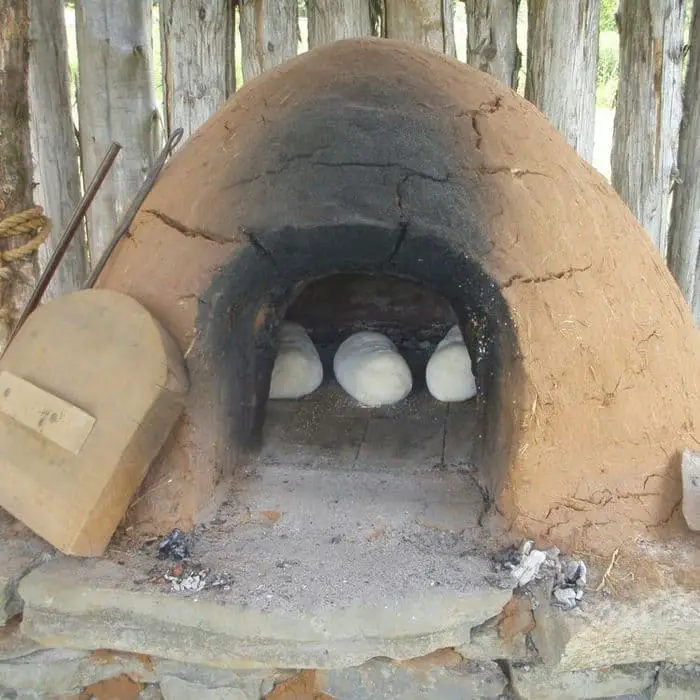
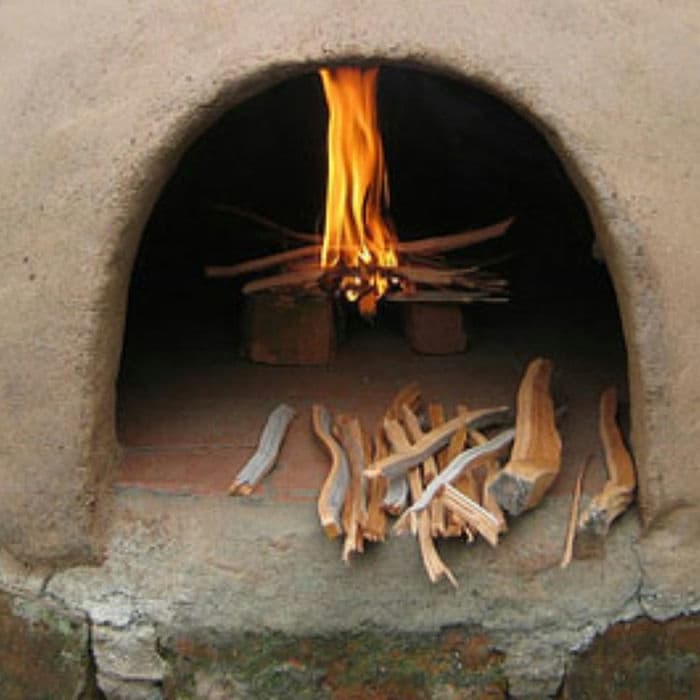
Bread held a special significance in Anglo-Saxon society, symbolizing hospitality and communal sharing. Bakers experimented with different grains, flavors, and techniques, producing a variety of breads ranging from simple barley loaves to more elaborate honeyed breads.
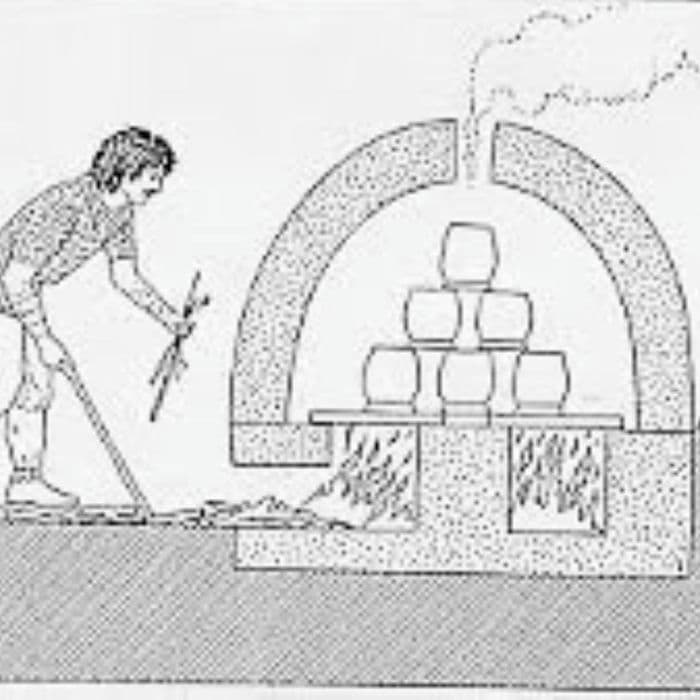
In addition to bread, Anglo-Saxon cooks prepared savory dishes such as roasted meats seasoned with herbs and spices, and hearty stews made with vegetables, grains, and legumes. These culinary traditions not only nourished the body but also reflected the rich cultural heritage of the Anglo-Saxon era.
The discovery of the Anglo-Saxon oven alongside remnants of a significant structure in Northumberland provides valuable insights into early medieval life and commerce. As archaeologists continue to uncover the region’s rich heritage, we gain a fascinating glimpse into the past and the culinary practices that shaped it.

